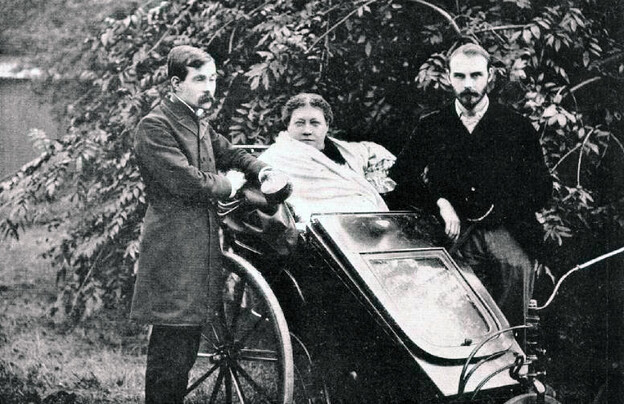Give me aliens!
Trance and memory practice

Nearing the end of the run of these blog posts, I’ve wanted to tie my concepts together, especially into practice. I can’t get everything to align, but I want to at least briefly explore what it means to enact or to practice a magical poetics. Practices of magic do not necessarily yield magical poetry, so how does one make that leap to text? I am especially interested in crafting poems that are not just reflections of or imitations of practice but are themselves practices of magic. How does one pull these threads together into a web one writes with? Give me a prompt or procedure!
The first obvious book that bridges this gap for me is Kristin Prevallet’s Trance Poetics, which coaches the writer using practices of trance and automaticity to approach mythopoetic and extra-personal poetic relationships like those of H.D., Yeats, and Merrill. Trance is a state of being and writing, a “state of absorption” that, relaxed into vision, can lead to epiphany (hear ecstasy and sublime) (9, 27). One way of inducing a trance state for writing is through automatic writing practices stemming from, among others, Surrealism (Prevallet, 70). The brain, when forced to remove ego through a subconscious flow, guides the writer into aspects of consciousness that the waking mind does not wander.
In this state, one might telepathically create a unique conversation with other writers, other artists, and other beings, as Prevallet and Devin Johnston have referred to it. This is a way of imagining Jack Spicer’s alien transmissions and Merrill’s divine séances. The relationship in telepathic communion is, as a function of the brain and an imaginary of the mind, similar to accessing memory. Trance relationships are fabricated memories and function as such, meaning they are “real” to the mind. It’s possible to remember, through imagining, whatever you do in communion with that other being as you would a conversation with your now-deceased grandmother or a conversation with yourself that your therapist asked you to have. Talking back to yourself is an imagined relationship, if we are talking about two parts of the self conversing with one another. For instance, H.D.’s Stesichorus as a persona in Helen in Egypt is a manifestation of H.D.’s self that is both herself and not. In self-talk, you manifest two selfhoods using the imagination, which becomes, quickly after, memory. Your grandmother is a memory in your mind, and you recreate her in the recall of the memory. This is why we misremember things, as we know, because memory is not the thing itself happening again verbatim or factually: it is our imagining of the thing afresh. This, I feel, could be said of self-talk, other-being-talk, extra-personal and overmind conversations, and trance, all part of what Prevallet calls a “mystical hyper-consciousness” (47).
The overmind is represented in art. On the page, we can see two minds merge and interplay without the need of an introduction in “reality.” Yes, this is an imagined communion in that we can’t evidence connections, but I would challenge you to prove that matters in terms of the effects of magic as I’ve been exploring them. What H.D. is able to affect by connecting with Helen and Stesichorus, or what Robert Duncan does with H.D. in his H.D. Book, is real. Duncan describes the appearances of ancestral spirits and poets to his elders in poetry, including Ezra Pound and H.D., as “a new dimension in which eternal companions appeared” (183). This dimension is a “Dream greater than Reality,” which Duncan defines as the work of the generation of poets before him (183).
Writing realism is a practice of style, not of reality. The poem lives in the imagination, is not an actual photograph, but reaches into and past the photograph towards Roland Barthes’s punctum, the penetrative gap or metaphor in the image that connects with (or séances) the actual essence of the thing captured. Reality cannot give us that essence more than once. Reality cannot reproduce the essential quality of a moment or a connection because it is already gone and past; memory, though, can approach it, and writing can approach it, if not outright grasp it, in moments of sublime connection because it produces imaginaries and memories. So, the real, in writing, is a magical transmission, and in many ways, I think memory is that same magic.
Trance as Prevallet explains it is a practice, and there are writing exercises beyond automatic writing in her book Trance Poetics. The brilliant thing about her construct is that she accomplishes connections of theories of poetics with practices of poetry that make magic on the page. Give me aliens and give me poems!
— Eric
Magical Poetics